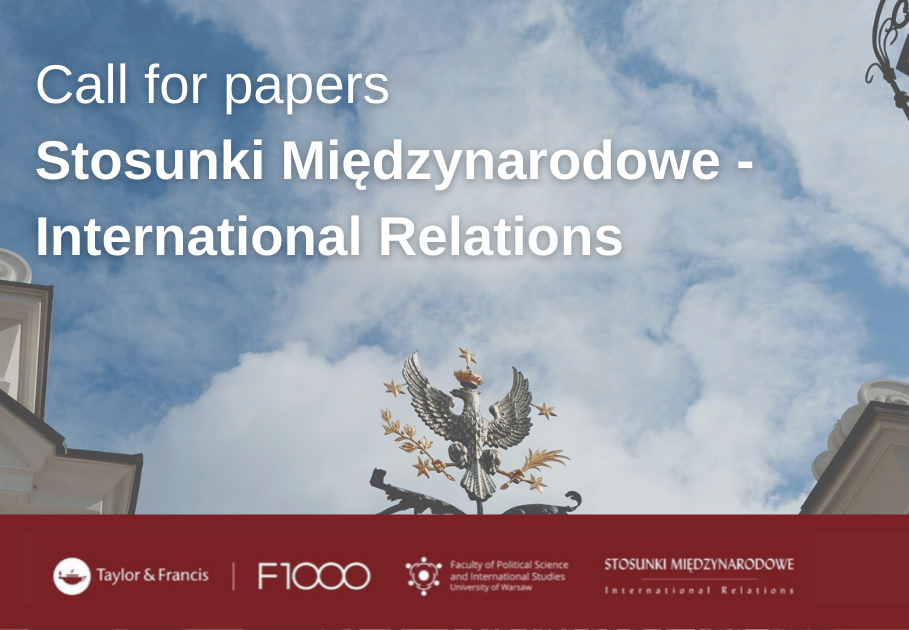About the Journal
Aims and scope
Editorial Board and Advisory Board
Ethics Policy
Privacy Policy (GDPR)
Contact
Current issue
Archive
For Authors
Call for Papers - New Publishing Platform of SM-IR
Guidelines for Authors
Formal requirements - structure of texts
Editorial requirements
Review procedure
Reviewing rules
Review process
Review procedure
Reviewing rules
Guidelines for Reviewers
Policies/Ethical Code
Contact
RESEARCH ARTICLE
Communist Authorities in Poland
and the Twin Towns Movement in Europe
1
Uniwersytet Warszawski
2
Polska Akademia Nauk
Publication date: 2016-12-31
Stosunki Międzynarodowe – International Relations 2016;52(4):293-313
KEYWORDS
East–West relationstwin towns movementtown twinningPatenschaftenrelations between the Polish People’s Republic and the Federal Republic of Germanyrelations between the Polish People’s Republic and France
ABSTRACT
The town twinning movement, which began developing in Poland after the transformations of October 1956, took many forms and included relations with towns
from both the Eastern Block and the capitalist world. On the part of Poland,
relations with the European foreign partners were strictly controlled on the central
government level by the structures of the Central Committee of the Polish United
Workers’ Party (mainly the Foreign Department) as well as ministries and central
institutions. Contacts were strongly regulated by the principles of Poland’s foreign
policy, which determined both the scale and forms of cooperation. In terms of types
of relations, the greatest difference was between the relations of Polish towns with
towns from other real socialist countries and with those from Western Europe.
The former were usually initiated by the central authorities of the Polish United
Workers’ Party. Relations with Western European countries, in turn, were much
more influenced by international policy, including especially the rivalry between the East and the West. Beyond this context, an important factor differentiating the
extent and form of contacts between Polish towns and those on the other side of
the Iron Curtain was the state of Poland’s relations with the individual countries of
Western Europe. In this regard, West Germany and France were at the opposite poles,
the former considered to be politically hostile to Poland, and the latter perceived as
Poland’s most important partner in the West, for reasons such as shared sensitivity
to the German threat.
We process personal data collected when visiting the website. The function of obtaining information about users and their behavior is carried out by voluntarily entered information in forms and saving cookies in end devices. Data, including cookies, are used to provide services, improve the user experience and to analyze the traffic in accordance with the Privacy policy. Data are also collected and processed by Google Analytics tool (more).
You can change cookies settings in your browser. Restricted use of cookies in the browser configuration may affect some functionalities of the website.
You can change cookies settings in your browser. Restricted use of cookies in the browser configuration may affect some functionalities of the website.



